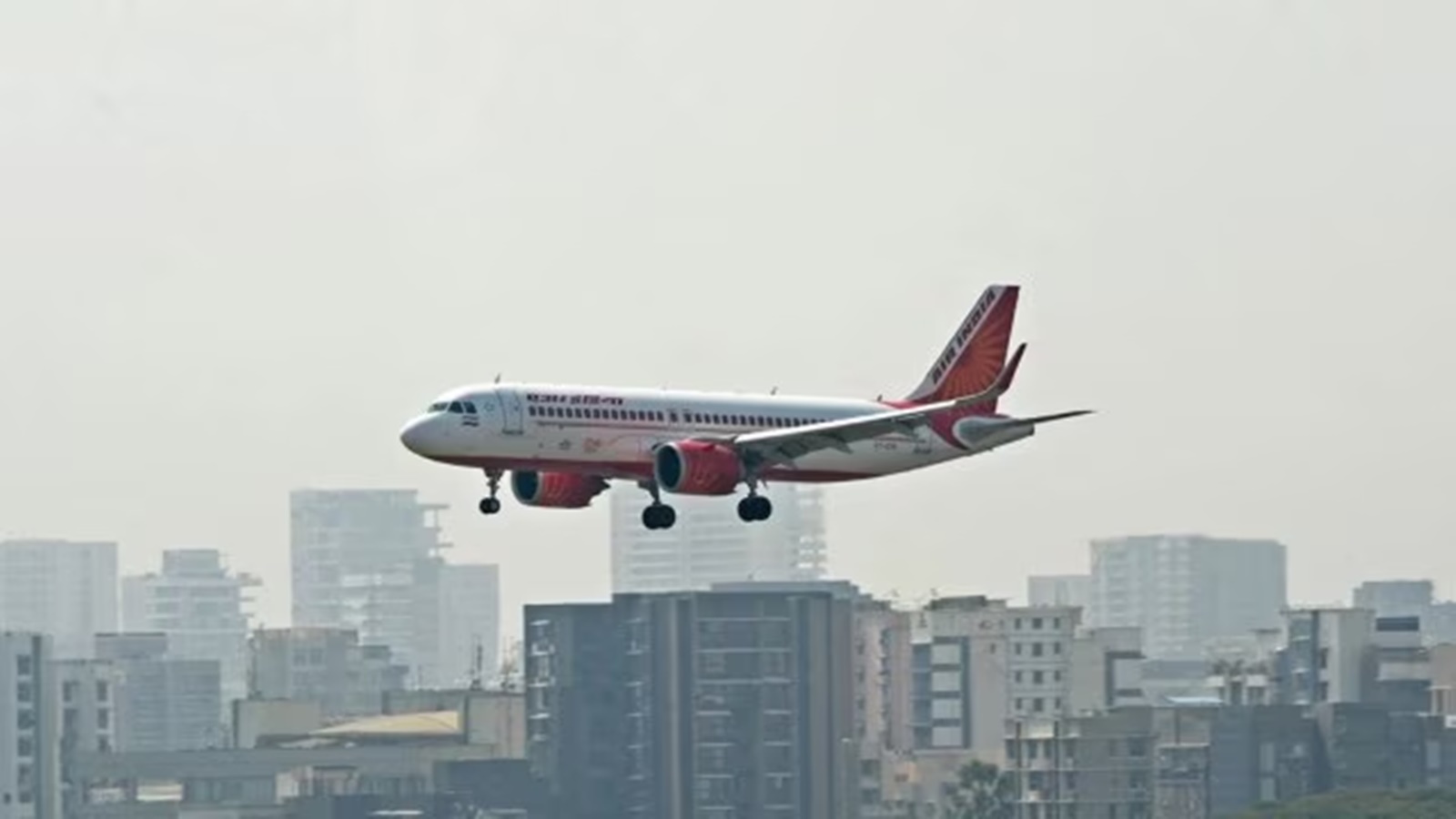Rating agency ICRA has lowered its forecast of major Indian airlines’ cumulative net loss for the current and the next financial year—2024-25 (FY25) and 2025-26 (FY26)—by 25-33 per cent to around Rs 2,000-3,000 crore from its earlier estimate of Rs 3,000-4,000 crore due to the carriers’ improved pricing power and an evidently stable cost environment. The reduction in cumulative loss estimates for the Indian aviation industry comes despite a cut in the forecast for domestic air passenger growth.
“The industry continues to demonstrate improved pricing power, as reflected in the increased spread between revenue per available seat kilometre (and) cost per available seat kilometre (RASK-CASK) for the airlines. ICRA maintains a stable outlook on the Indian aviation industry, amidst the continued growth in domestic and international air passenger traffic, and a relatively stable cost environment,” the rating agency said in a note.
ICRA now pegs the domestic air passenger traffic growth in FY25 at 7-10 per cent, down from its earlier forecast of 8-13 per cent, due to the high base of FY24 and lower-than-anticipated passenger traffic growth in April-June following the impact of severe heat waves and other weather-related disruptions.
“ICRA forecasts the domestic passenger traffic to reach 164-170 million in FY2025. The international air passenger traffic for Indian carriers is expected to expand by a healthier 15-20% in FY2025,” the rating agency said.
ICRA’s estimates of the Indian aviation industry’s financials take into account the Tata group carriers—Air India, AIX Connect, Tata SIA Airlines (Vistara)—and InterGlobe Aviation (IndiGo) and SpiceJet. Of these airlines, InterGlobe Aviation and SpiceJet are listed on the stock exchanges and their financial performance data is readily available. ICRA did not give individual bottomline estimates for the airlines.
While the net loss estimate has been pruned, it is still higher than ICRA’s estimate of the industry’s FY24 net loss—around Rs 1,000 crore. The key reasons behind the likely widening of the net loss include the anticipated pressure on airline yields as they strive to maintain adequate passenger load factor (PLF) amid a modest increase in aviation turbine fuel (ATF) prices.
The price of ATF, or jet fuel, and movement in the dollar-rupee exchange rate are two factors that have a major bearing on airline cost structure. Fuel costs account for around 30-40 per cent of Indian airlines’ operational expense. The average ATF prices were at Rs 99,468 per kilolitre in April-August against Rs 65,309 during the pre-COVID period (April-August of FY20) and Rs 95,906 in April-July of FY24.
Around 35-50 per cent of the costs—including aircraft lease payments, fuel expenses, and a significant portion of aircraft and engine maintenance expenses—are dollar-denominated. This means that if the greenback strengthens against the Indian currency, Indian carriers end up shelling more in rupee terms on key operational expenditure.
“Further, some airlines also have foreign currency debt. While domestic airlines also have a partial natural hedge to the extent of earnings from their international operations, overall, they have net payables in foreign currency,” the rating agency said.
According to ICRA, supply chain challenges and engine issues, which have affected the industry capacity over the past 18 months, will continue for the remainder of FY25 as well. It is estimated that almost 134 aircraft, or 15-17 per cent of the total industry fleet as on June 30, is grounded, consequently affecting the overall industry capacity. Additionally, global supply chain issues have affected the availability of aircraft, engine, and parts, preventing airlines from ramping up capacity. The industry’s overall capacity for the current fiscal has also been impacted due to challenges related to the availability of pilots and cabin crew for a few airlines.
“This will result in increased operating expenses towards the cost of grounding, increased lease rentals due to additional aircraft being taken on lease to offset the grounded capacity, rising lease rates, and lower fuel efficiency (due to replacement by older aircraft taken on spot lease), which are likely to adversely impact an airline’s cost structure,” ICRA said.



